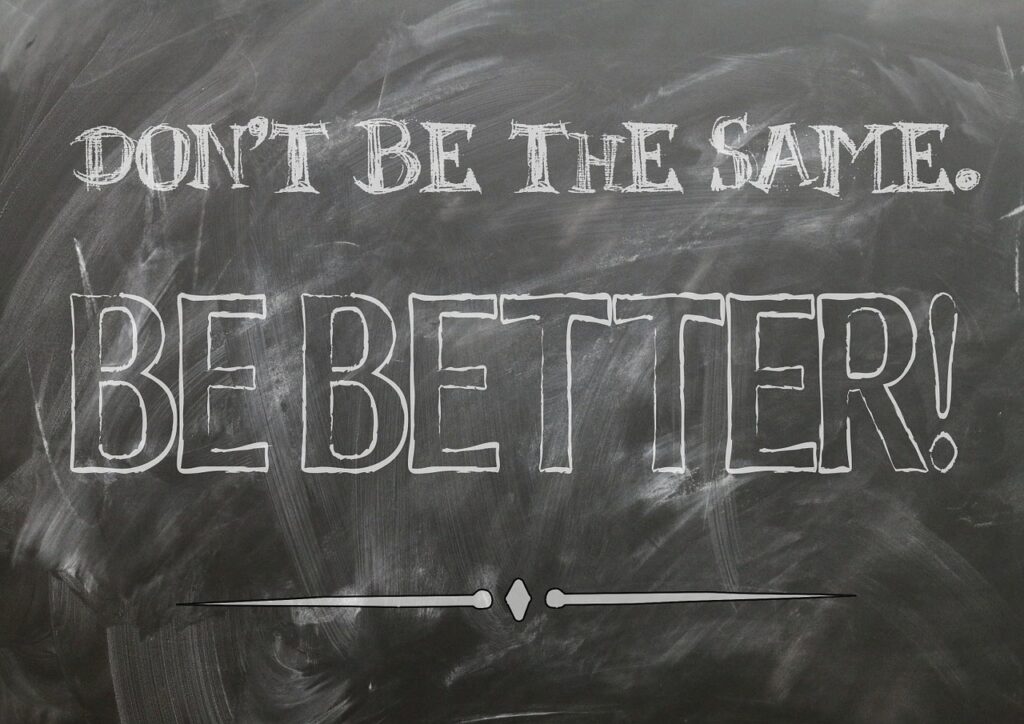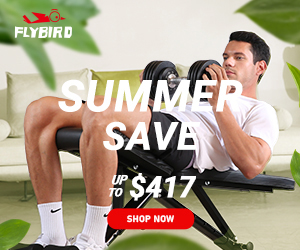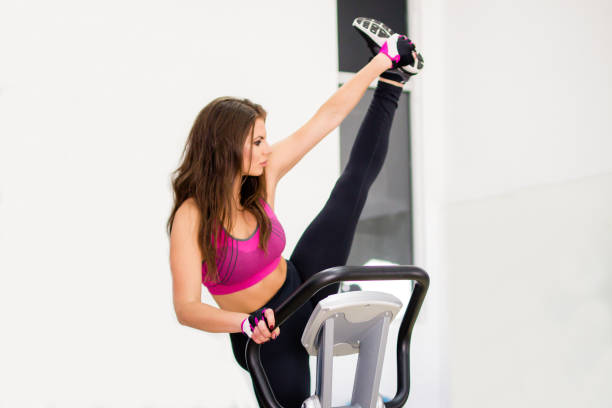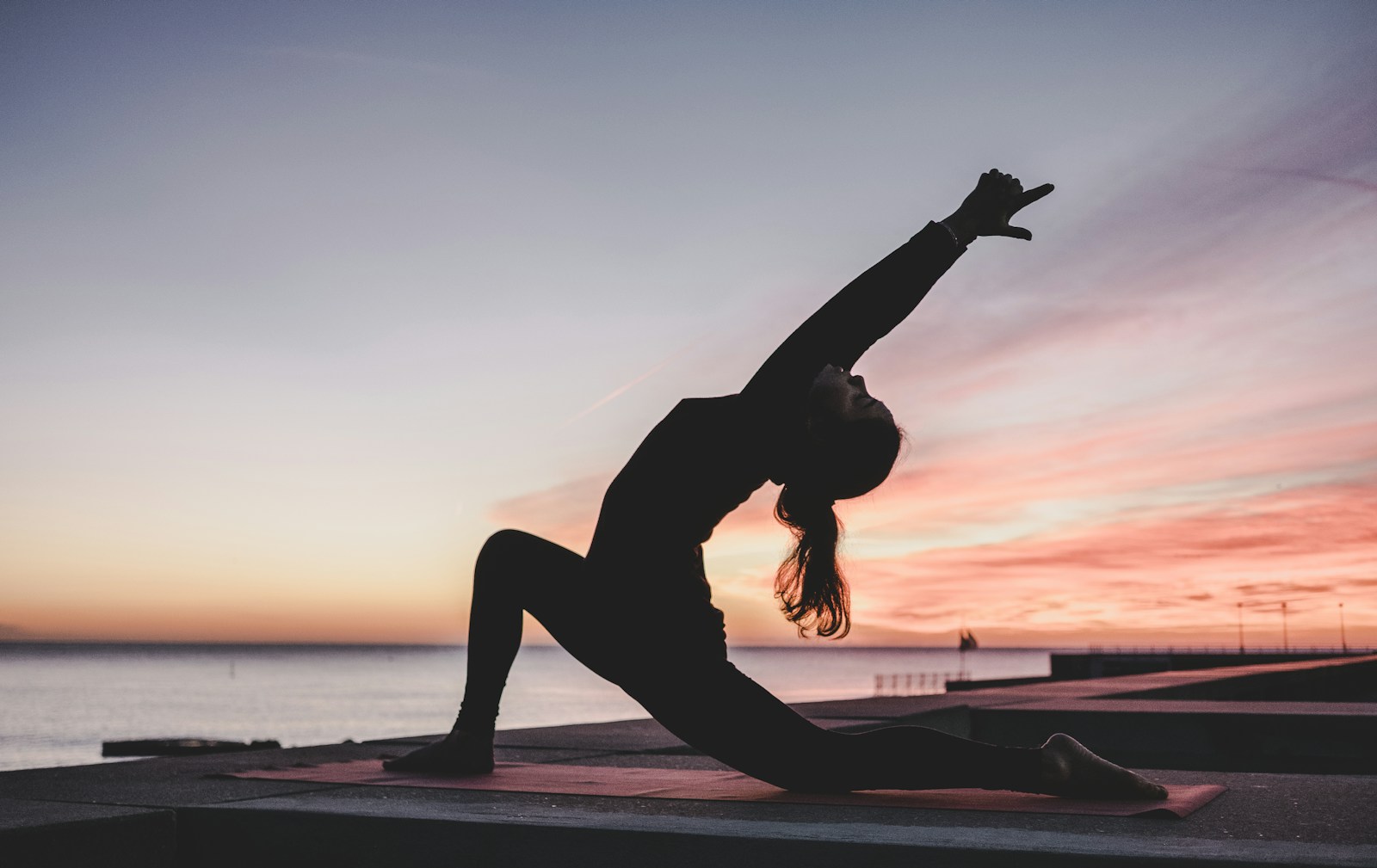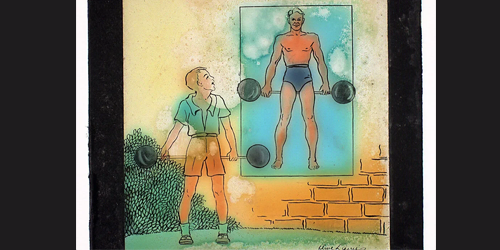
Top 10 New Weightlifting Accessories
These are the top 10 new weightlifting accessories to add to your fitness routine:
- Lifting Belts: A lifting belt is a must-have accessory for heavy compound lifts such as squats and deadlifts. It provides support to your lower back and core, helping you maintain proper form and prevent injuries. Look for belts made from high-quality leather or sturdy nylon with adjustable buckles for a secure fit. To properly use a lifting belt for optimal safety and performance during heavy compound lifts like squats and deadlifts, follow these steps: 1) Choose the right size lifting belt that fits snugly but comfortably, 2) Position the belt around your waist, just above the hip bones, ensuring full coverage of the lower back and core muscles, 3) Secure the buckle tightly without discomfort, 4) Adjust the tightness to your preference, providing ample support without restricting movement or breathing, 5) Utilize the belt primarily for heavy lifts, maintaining proper form and technique, 6) Breathe deeply into the diaphragm and brace the core while lifting, exhaling forcefully after completing each rep, 7) Remove the belt between sets, especially for exercises that don’t heavily stress the lower back, 8) Gradually increase weight while focusing on core strength, using the belt as a tool rather than a dependency. Remember to consult with a fitness professional for personalized guidance. Here is a link to lifting belts on Amazon
Weight lifting accessories can take your training to the next level. To help you on your fitness journey, we have curated a list of the top 10 most popular weightlifting accessories. From lifting belts to compression sleeves, each accessory has been carefully selected for its quality, durability, and usefulness. Let’s dive in and explore these game-changing tools!


- Weightlifting Gloves: Weightlifting gloves offer grip, palm protection, and wrist support. They can improve your grip strength and protect your hands from calluses and blisters. Opt for gloves made from breathable materials, such as leather or synthetic fabrics, with reinforced stitching for durability. To effectively use weightlifting gloves for enhanced grip and hand protection during workouts, follow these steps: 1) Choose the right size weightlifting gloves that fit comfortably and snugly, 2) Put on the gloves, ensuring proper coverage of the palms and fingers, 3) Use the gloves during weightlifting exercises to improve grip strength and prevent calluses and blisters, 4) Maintain proper form and technique while lifting, focusing on controlled movements, 5) Regularly clean and care for the gloves to prolong their durability and hygiene, 6) Consider gloves made from high-quality materials like leather or synthetic fabrics for optimal grip and longevity. Here is the link for weightlifting gloves on Amazon here.

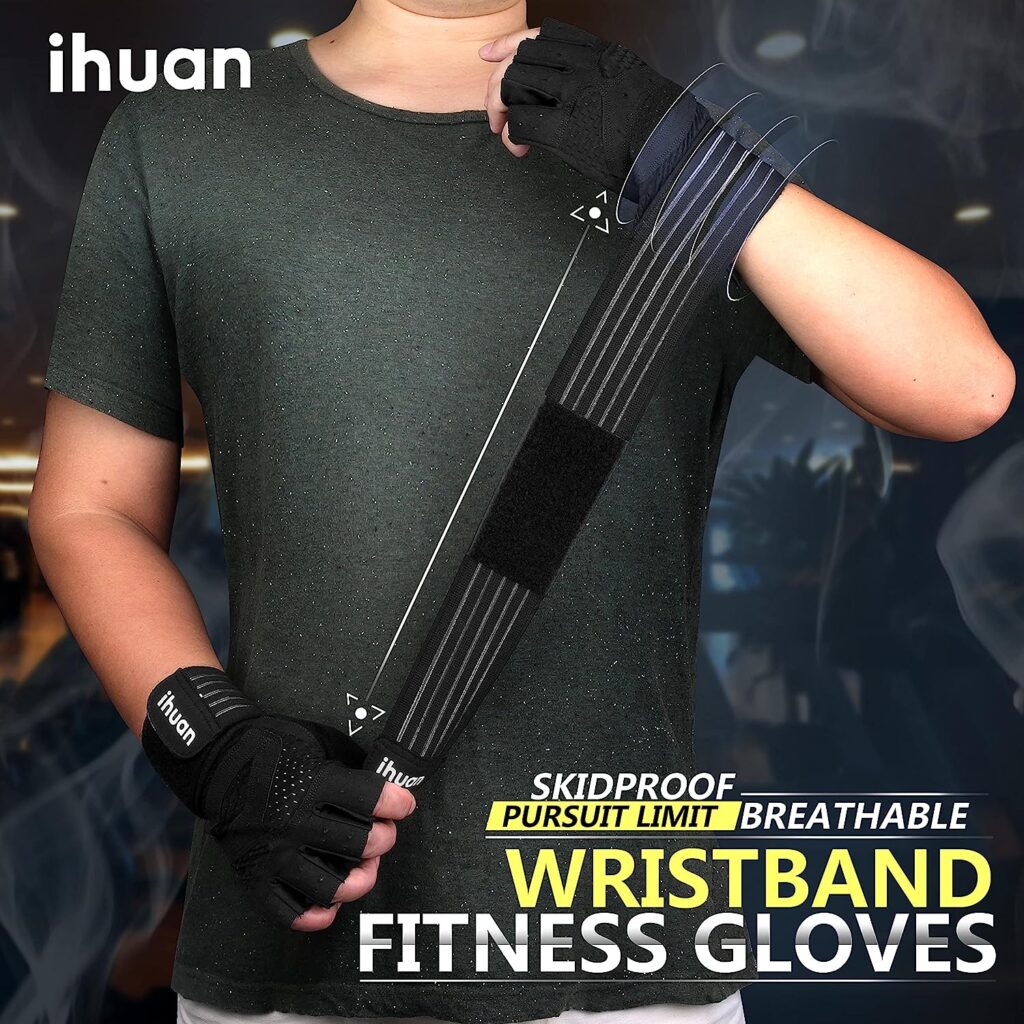
- Lifting Straps: Lifting straps are excellent for exercises like rows, pull-ups, and deadlifts, where grip strength may limit your performance. They help you maintain a secure grip on the bar, allowing you to focus on targeting your desired muscle groups. Look for straps made from durable materials like cotton or nylon, with adjustable lengths for a snug fit. For effective use of lifting straps to improve grip and support during weightlifting exercises, follow these steps: 1) Choose the right size lifting straps that fit securely around your wrists and hands, 2) Position the straps around the barbell or dumbbell, ensuring they are wrapped tightly and securely, 3) Grip the barbell or dumbbell, utilizing the straps to enhance your grip strength and prevent slipping, 4) Maintain proper form and technique during lifts, focusing on controlled movements and engaging the targeted muscle groups, 5) Release the straps between sets to allow your grip muscles to work without reliance on the straps, 6) Opt for durable lifting straps made from materials like cotton or nylon, designed to withstand heavy lifting and frequent use. Here is the link to lifting straps on Amazon.
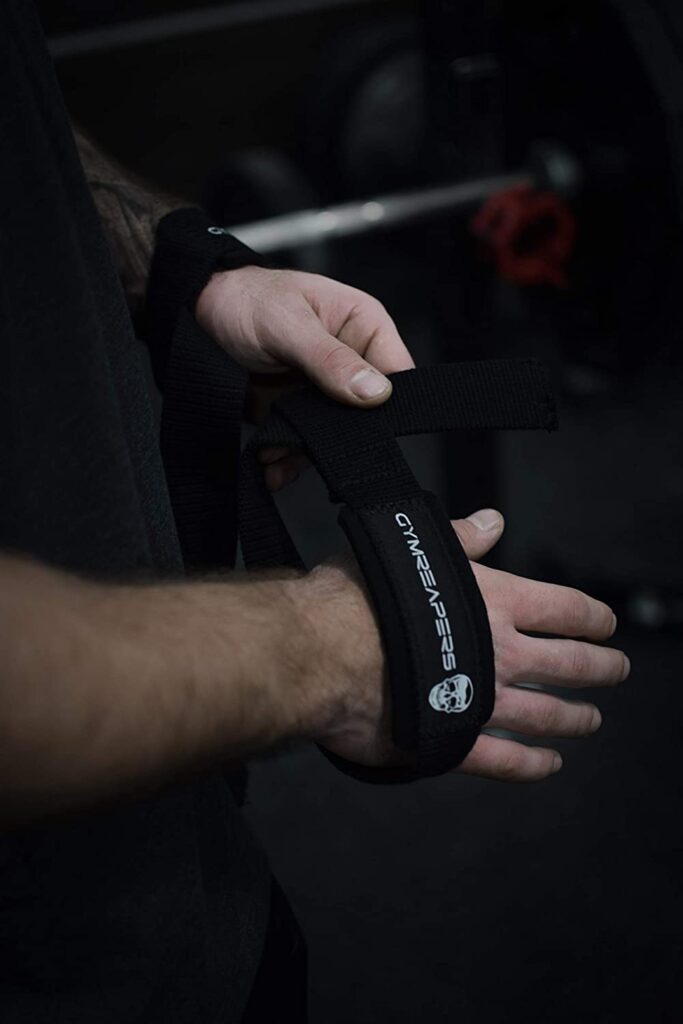
- Compression Sleeves: Compression sleeves are designed to enhance blood circulation, reduce muscle soreness, and provide joint stability. They can be worn on various body parts, such as knees, elbows, or calves. Choose sleeves made from moisture-wicking fabric that provide a snug fit without restricting movement. To effectively use compression sleeves for improved performance and support during workouts, follow these steps: 1) Choose the right size compression sleeves that fit snugly but comfortably around the targeted body part, such as knees or calves, 2) Put on the compression sleeves, ensuring they provide adequate coverage and support, 3) Wear the sleeves during exercises to enhance blood circulation, reduce muscle soreness, and provide joint stability, 4) Maintain proper form and technique while exercising, focusing on controlled movements and alignment, 5) Select compression sleeves made from moisture-wicking fabric for breathability and comfort, 6) Clean and care for the sleeves regularly to maintain their effectiveness and longevity. Here is a link to compression sleeves on Amazon.
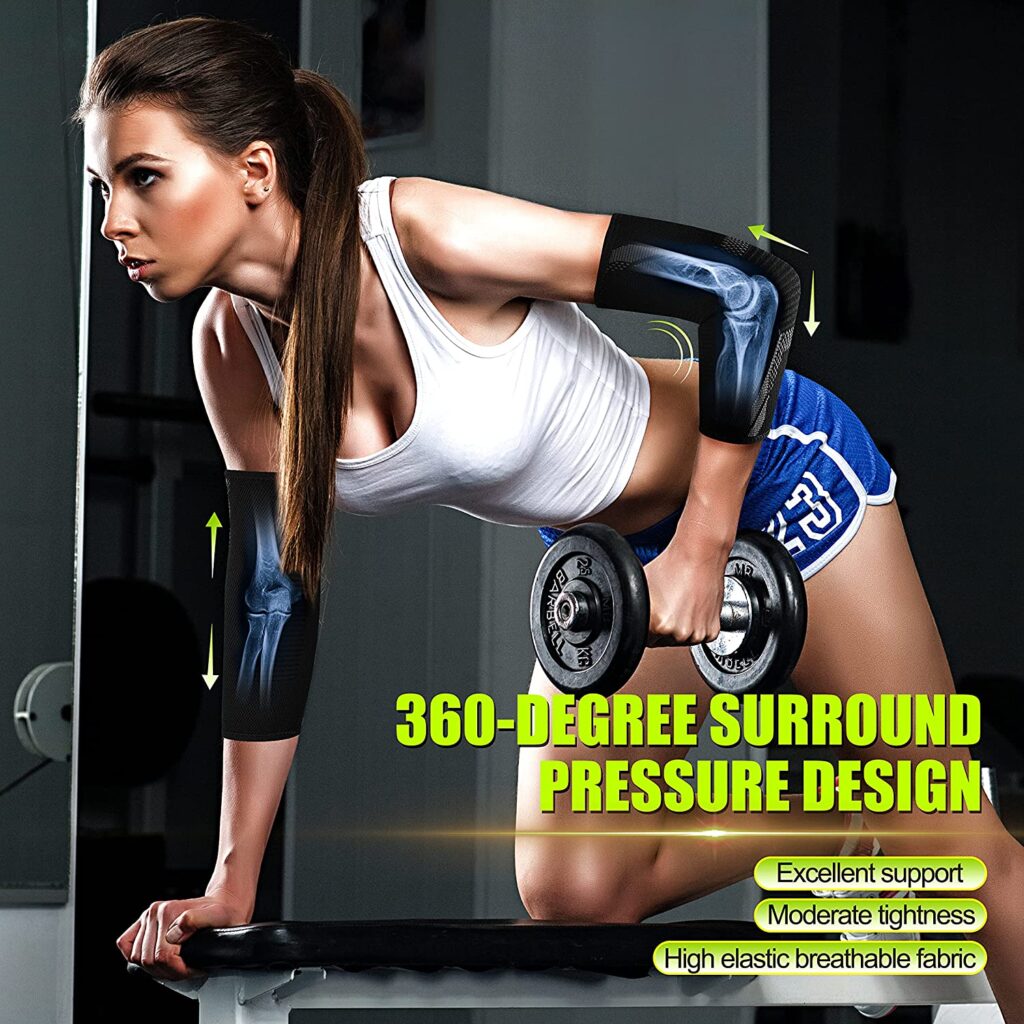
- Grip Strengtheners: Grip strengtheners are small devices that target your forearm and hand muscles. Regular use can improve grip strength and enhance your performance in various exercises. Look for adjustable grip strengtheners with different resistance levels to accommodate your specific needs. To effectively use grip strengtheners for enhanced hand and forearm strength, follow these steps: 1) Choose a grip strengthener with adjustable resistance levels to suit your fitness level and goals, 2) Hold the grip strengthener in your hand, ensuring a comfortable and secure grip, 3) Squeeze the grip strengthener tightly, focusing on engaging your hand and forearm muscles, 4) Perform repetitions of squeezing and releasing the grip strengthener, gradually increasing intensity and duration as your strength improves, 5) Incorporate grip strengthener exercises into your regular routine, such as squeezing while watching TV or during breaks at work, 6) Consider grip strengtheners made from durable materials with ergonomic designs for optimal effectiveness and comfort. By incorporating grip strengtheners into your training regimen, you can enhance grip strength, improve hand dexterity, and support performance in various exercises and activities. For personalized recommendations, consult with a fitness professional or hand specialist. Here is the link to grip strengtheners on Amazon.
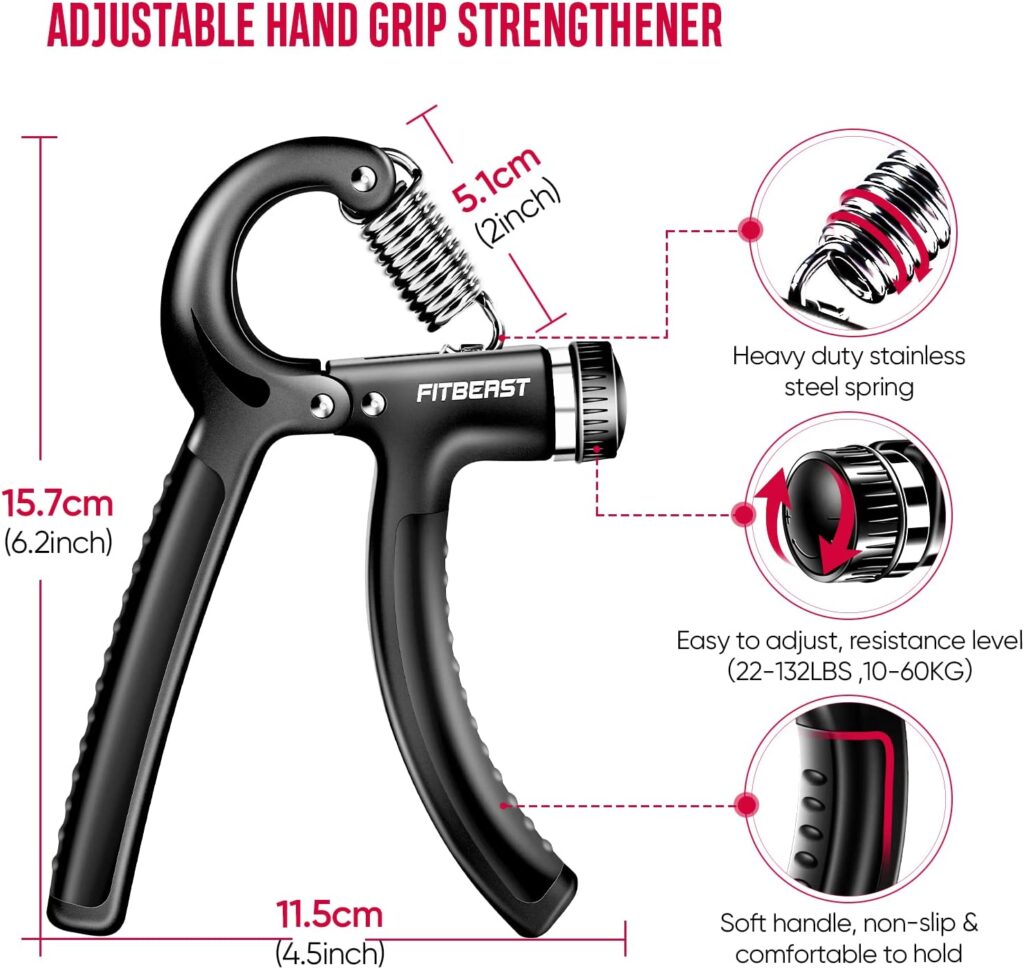
- Wrist Wraps: Wrist wraps provide additional support to your wrists during pressing movements, such as bench presses or overhead presses. They help stabilize your wrists and reduce the risk of strain or injury. Opt for wraps made from durable materials with adjustable closures for a comfortable fit. For effective use of wrist straps to provide support during weightlifting exercises, follow these steps: 1) Choose the right size wrist straps that fit comfortably and securely around your wrists, 2) Position the wrist straps around your wrists, ensuring they are snug but not overly tight, 3) Wrap the straps around the barbell or dumbbell, creating a secure connection between your wrists and the weight, 4) Grip the barbell or dumbbell with the straps in place, using the straps to enhance wrist stability and prevent excessive bending or strain, 5) Maintain proper form and technique during lifts, focusing on controlled movements and engaging the targeted muscle groups, 6) Release the straps between sets to allow your wrists to rest and maintain their natural strength, 7) Opt for wrist straps made from durable materials with reliable fastening mechanisms for long-lasting support. Here is the link to wrist straps on Amazon.

- Foam Rollers: Foam rollers are excellent for self-myofascial release and muscle recovery. They help relieve muscle tension, improve flexibility, and reduce post-workout soreness. Look for dense foam rollers with a textured surface for optimal massage effect. For effective use of foam rollers to aid in muscle recovery and improve flexibility, follow these steps: 1) Choose a foam roller with an appropriate density and texture for your needs, such as a smooth or textured surface, 2) Position the foam roller on the targeted muscle group, using your body weight to apply gentle pressure, 3) Slowly roll back and forth over the muscle, focusing on any tight or sore areas, 4) Adjust the pressure by modifying the position of your body or applying additional weight if needed, 5) Spend around 30 seconds to a minute on each area, allowing the foam roller to massage and release tension in the muscles, 6) Incorporate foam rolling into your post-workout routine or as part of your warm-up to enhance muscle recovery and improve mobility, 7) Experiment with different foam rolling techniques and angles to target various muscle groups effectively. Here is a link to foam rollers on Amazon.
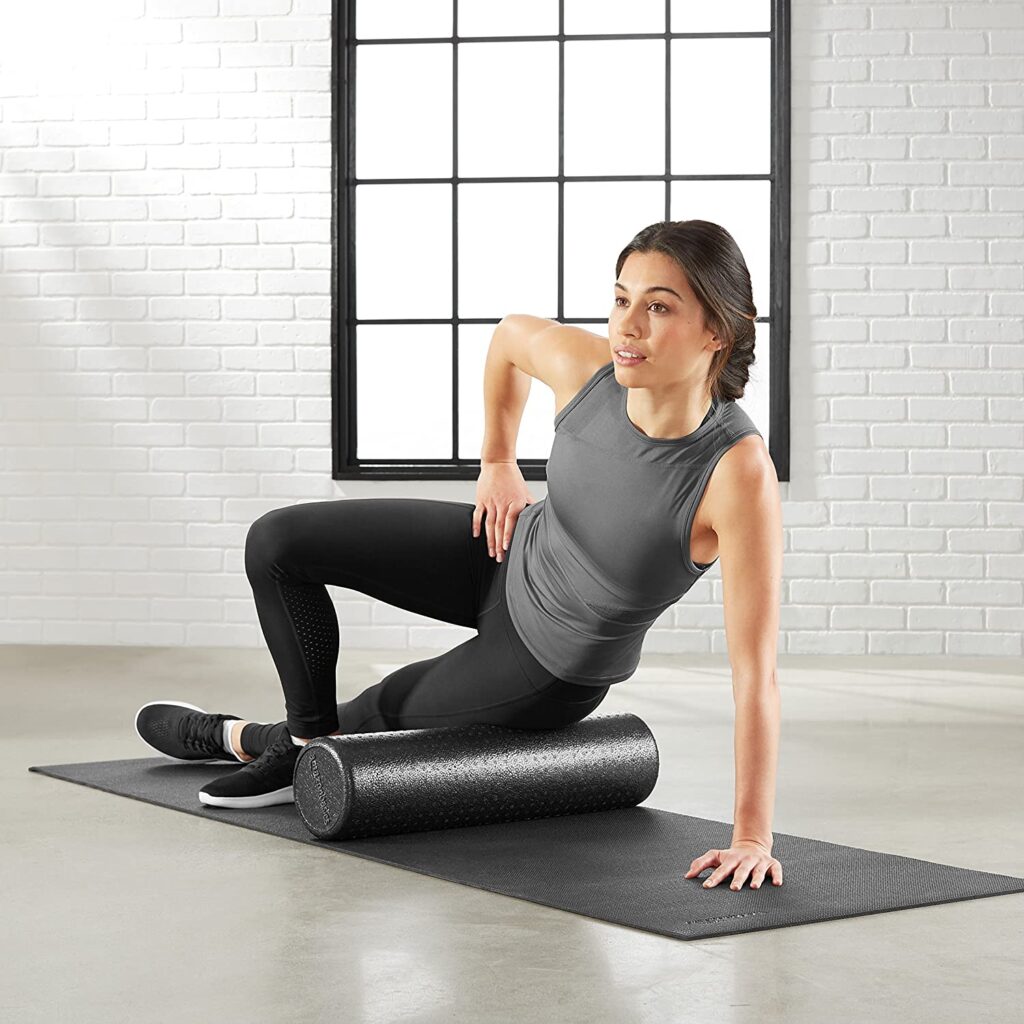
- Ankle Weights: Ankle weights can add resistance to lower body exercises, such as leg lifts, squats, and lunges. Choose ankle weights with adjustable options and secure fastenings for a comfortable fit. Start with lighter weights and gradually increase as your strength improves, always maintaining proper form and listening to your body. Incorporating ankle weights into your workouts can take your lower body training to the next level and help you achieve your fitness goals. To effectively use ankle weights for resistance and strengthening during lower body exercises, follow these steps: 1) Choose the appropriate weight for your fitness level and goals, starting with lighter weights and gradually increasing as your strength improves, 2) Securely strap the ankle weights around your ankles, ensuring a comfortable and snug fit, 3) Incorporate ankle weights into exercises such as leg lifts, lunges, and hip extensions to add resistance and challenge your leg muscles, 4) Maintain proper form and technique during exercises, focusing on controlled movements and engaging the targeted muscles, 5) Start with a lower number of repetitions and gradually increase as you become more comfortable with the added resistance, 6) Listen to your body and adjust the weight or intensity if you experience discomfort or pain, 7) Remove the ankle weights between sets or exercises that don’t require their use, allowing your legs to rest and recover. Here is a link to ankle weights on Amazon.
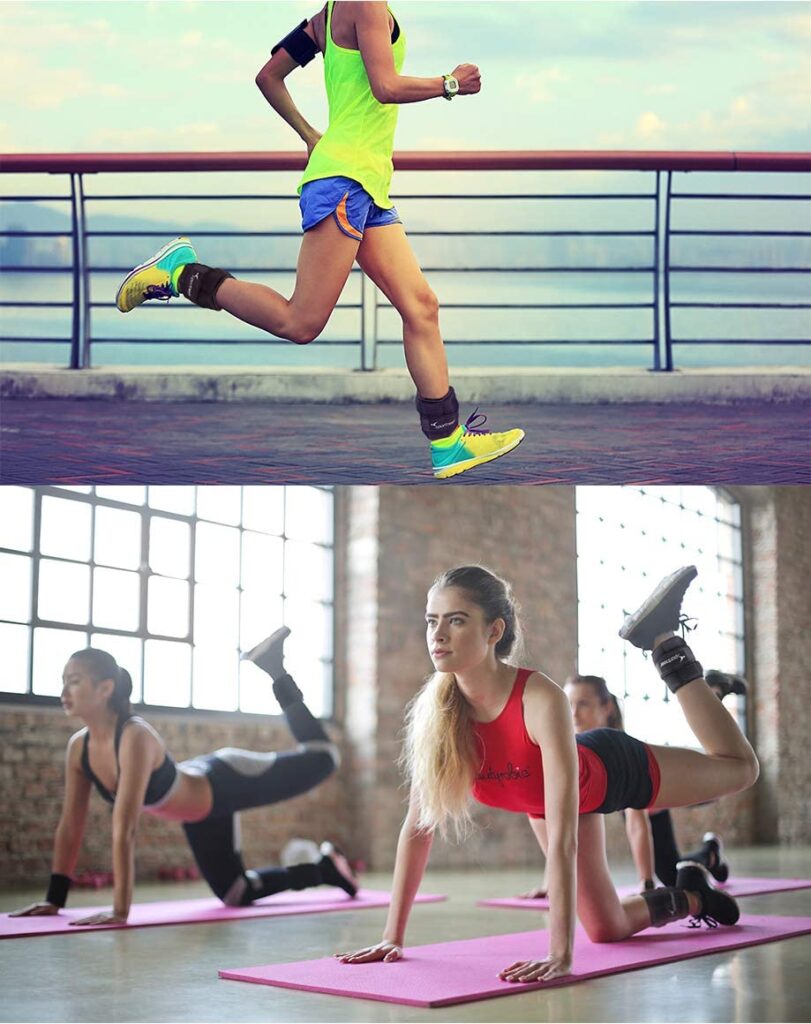
9. Weightlifting Chalk: Weightlifting chalk is a simple yet effective accessory that enhances grip by reducing sweat and moisture on your hands. It provides a secure grip on the barbell or dumbbells, especially during intense lifting sessions. Look for high-quality chalk that is non-toxic and easy to apply and clean.
For effective use of weightlifting chalk to improve grip and reduce hand sweat during heavy lifts, follow these steps:
1.Choose high-quality weightlifting chalk in block or powder form, ensuring it is appropriate for your training environment and preferences
2.Before starting your lifts, lightly tap or rub the chalk block or powder between your hands, coating them evenly
3. Rub your hands together to distribute the chalk, focusing on the areas where you need the most grip, such as palms and fingers
4. Allow the chalk to absorb any moisture on your hands, creating a dry and secure grip
5. Perform your lifts, maintaining proper form and technique while benefiting from the improved grip provided by the chalk
6. Reapply chalk as needed during your training session, especially if you notice your hands becoming sweaty or losing grip
7. Clean your hands and equipment after your workout to remove any excess chalk residue. Here is a link to weightlifting chalk on Amazon.
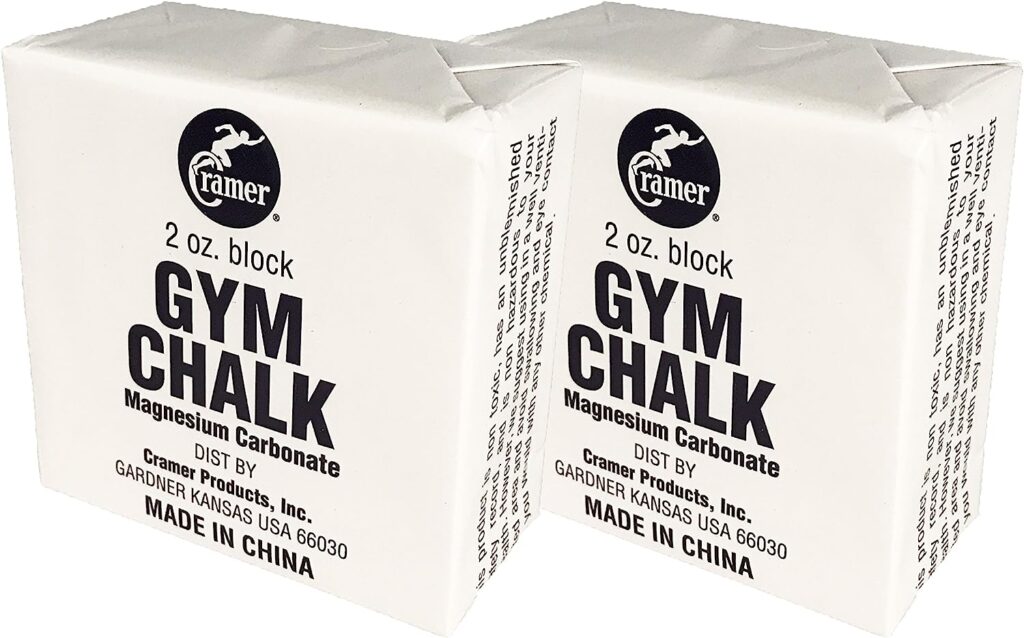 10. Resistance Bands: Resistance bands are versatile accessories that can be used for various strength training exercises. They provide adjustable resistance, allowing you to target specific muscle groups and increase the intensity of your workouts. Choose bands with different resistance levels to suit your fitness level and goals.
10. Resistance Bands: Resistance bands are versatile accessories that can be used for various strength training exercises. They provide adjustable resistance, allowing you to target specific muscle groups and increase the intensity of your workouts. Choose bands with different resistance levels to suit your fitness level and goals.
For effective use of resistance follow these steps:
1)Select the appropriate resistance level based on your fitness level and desired intensity, considering the color-coded options available
2) Securely anchor the resistance band to a stable object or use your own body as an anchor point
3) Hold the band with proper hand placement or step on it with your feet, ensuring a secure grip or footing
4) Incorporate resistance bands into exercises such as squats, bicep curls, or shoulder presses to add resistance and challenge your muscles
5) Maintain proper form and technique throughout the exercises, focusing on controlled movements and engaging the targeted muscles
6) Gradually increase the number of repetitions or the resistance level as your strength and endurance improve
7) Experiment with different band tensions or positions to target various muscle groups effectively
8) Incorporate resistance bands into your warm-up or cooldown routines to activate or stretch muscles. Here is a link to resistance bands on Amazon

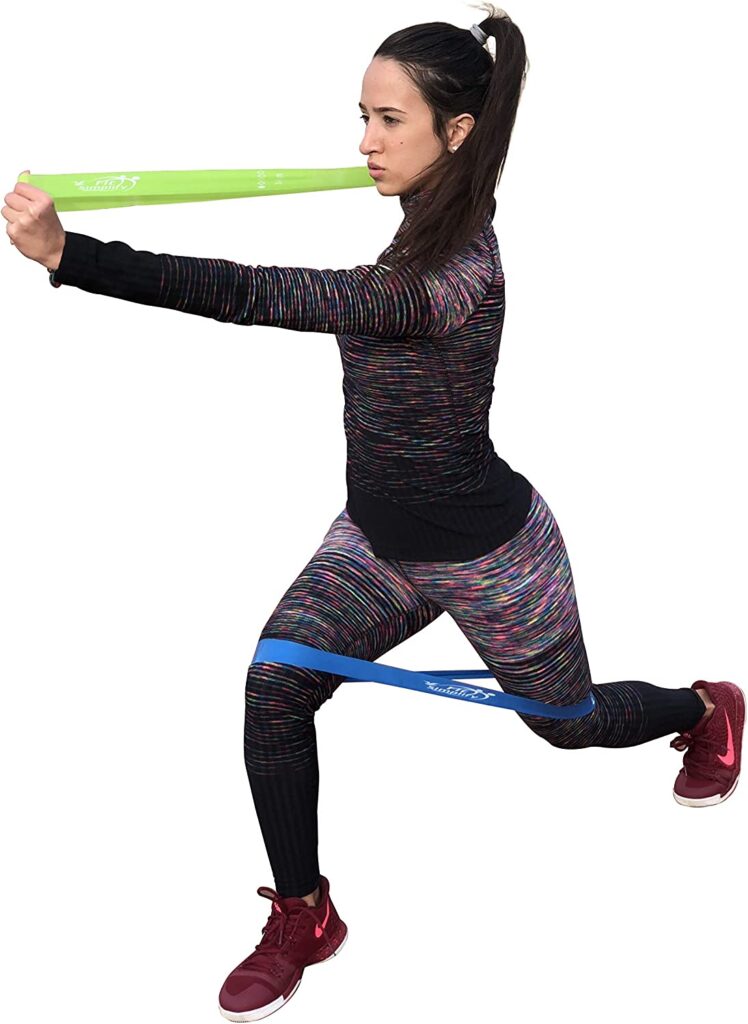
Conclusion: Maximizing your strength training requires more than just lifting weights. The right weightlifting accessories can significantly improve your performance, safety, and overall training experience. Whether you need support, grip enhancement, or muscle recovery aids, these top 10 weightlifting accessories have got you covered. Remember to choose accessories that meet your specific needs, prioritize quality and durability, and always consult with a fitness professional if needed. Get ready to take your strength training to new heights!


